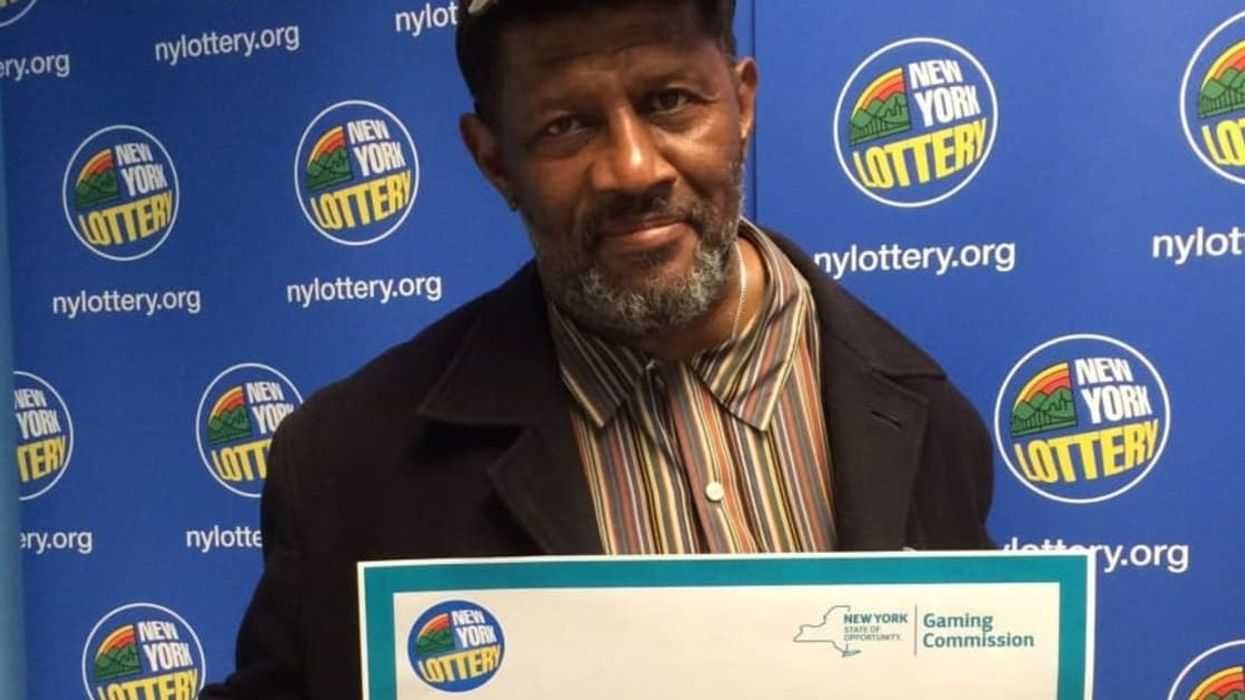As an architecture and urbanism writer watching the battle over the not-a-mosque that is not-at-Ground Zero, I couldn't be more pleased. The fact that the mayor of New York is commenting on what should be built and why? That's huge. That Donald Trump is taking a proactive (although ultimately failed) role in placemaking by offering to buy out one of the investors? That's cool! Even people are getting involved from other parts of the country: Now, a Florida preacher wants to fly to New York to engage in an urban planning debate? Unheard of. This fight, and all the emotions that come with it, is an unusually high-profile way for many people to learn about how cities are made. And everyone seems to have an opinion.
Where once an argument about what building goes up or comes down was only reserved for a few-block radius around said project, Park51 has proved that deciding the fate of a city block can be of global concern. There are polls being conducted in places like Ohio and Alabama, and yes, even as far away as Alaska, asking their citizens to make a decision about a building they will likely never enter. In a city they may never visit.
Yes, the attention on building communities is great. But all I can think about is how much our country's neighborhoods would be improved if Americans directed the same kind of energy they've put into fighting Park51 towards shaping their own cities.
A rendering of Park51 by an unnamed architect on Park Place in Lower Manhattan
The term NIMBY—for Not In My Back Yard—is fairly new, coined by British writer Emilie Travel Livezey in the 1980s. It was created to describe the people that battled unsavory development like a sewage plant, but has evolved to include anyone who wants to battle any kind of development. Back when NIMBYs were named, learning about what buildings were planned in a community required a great deal of effort for the stakeholder, who had to physically attend community planning meetings. To organize with other supporters meant making phone calls, having meetings, knocking on doors, getting signatures—and doing a lot of research.
Now blogs like Curbed report on the minutiae of city council meetings and suddenly heated sentiments are blown up and spattered in comments all over the internet. It's not unusual for public comment to be opened up online for proposed architectural projects, and Facebook petitons can be organized so one can throw their blind support behind SAY NO TO WALMART!!! by simply clicking "like." What should be a local debate suddenly opens up to a global audience, one that doesn't always have the whole picture.
The Burlington Coat Factory on the planned site of Park51, viewed in Google Street View
Pictures are actually part of the problem. Nothing has changed our relationship with places like Google Maps. How many of us have pored over the gray smear of that construction site in Lower Manhattan? We can peek in on the site of Park51—anytime—in these surprisingly-crisp, satellite images, so these places become more real. We can even get a sense of the people who are walking up and down that street using Street View. We can pull up a thousand tagged Flickr photos up and down the block. We may know what a place looks like, but we don't know what makes a place.
Only the people who live and work in Lower Manhattan know what's best for their own blocks. They know that the skyscraper-shadowed stretch of Park Place and the eight acres of the 9/11 Memorial are New York worlds away from each other. They know that there are far more unsavory businesses operating even closer to Ground Zero: a strip club, off-track betting, McDonald's (and, as we've pointed out before, there is already an actual mosque less than a mile from Ground Zero). They know that there's an amazing Amish Market next door to the Park51 site that's great for lunch. And for the rest of us, it's really none of our business.
The rendering for the 9/11 Memorial by Peter Walker and Michael Arad
You may argue that Ground Zero is, perhaps, the one place in the country that belongs to all of us—because of what happened there, it's universally an "American" property. And maybe collectively, as a country, we should all unite to protect it. Agreed. So instead of fighting about what happens outside of the memorial's borders, why not lend some much-needed assistance to what will be one of the most poignant public spaces in the country? Have you donated to the 9/11 Memorial & Museum?
I challenge anyone who has spent even 15 minutes reading about the two blocks between a proposed community center and a memorial in a city far, far away to turn your focus back to where you actually live. Maybe check out some of the far more disturbing distances in your own neighborhood. How close is the liquor store to the nearest elementary school? How far is that farmers market from the lowest-income part of the city? And what are you doing about it?
In the very near future, something you don't want—or something you do—will be coming to your neighborhood. Whether it's a "Ground Zero Mosque" or a "9/11 Memorial," whether you're for or against it, you can take an active role to make your neighborhood evolves in the way that you want it to. What could be more American than that?
















 Otis knew before they did.
Otis knew before they did.